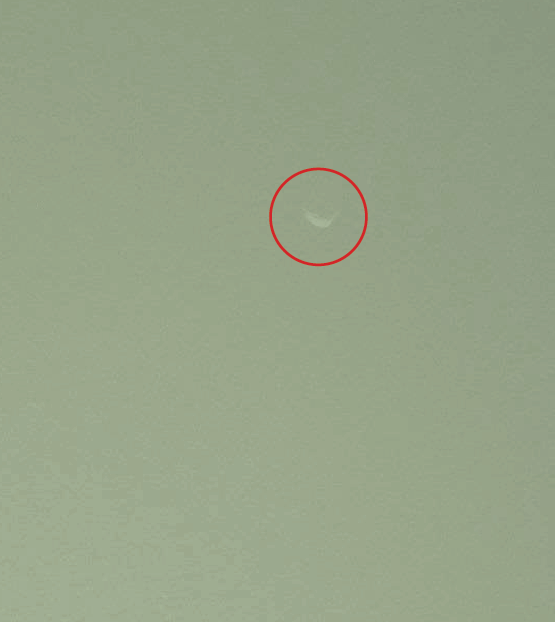
Can Phobos and Deimos be seen from the surface of Mars? If so, do they exhibit phases like Earth’s Moon?
John Carlson
Colon, Michigan
In short: Yes and yes! Both Phobos and Deimos are visible from the martian surface. Phobos is much brighter, as it is both physically larger and orbits much closer to the planet than Deimos. Phobos will appear in the martian sky as bright as magnitude –9 this month, while Deimos will peak at magnitude –5.
Phobos is so close to Mars and orbits so quickly — roughly once every seven hours and 39 minutes, or about three times per martian day — that it will noticeably wax or wane during a single appearance (unlike our Moon, which appears to rise and set in the same phase). Also, Phobos appears large enough — some one-third to one-half the size of the Full Moon at times — that a careful observer will note it is not round. It is visible for about four hours at a time and can be seen from most of the planet at least once per night. Phobos is also bright enough to spot at times during the day.
Deimos orbits about four times farther from Mars than Phobos does and appears roughly 2.5′ across (about twice the maximum size of Venus as seen from Earth). This moon is typically invisible during the day but is still brighter than any star in the night sky. It would look round to the naked eye because it is more spherical than Phobos and because of its smaller angular size. Deimos takes just over 30 hours to orbit; it appears for a few days at a time, then disappears for a few more before the cycle repeats. It remains above the horizon for about 60 hours at a time, moving slowly from east to west (while Phobos appears to zip from west to east). Deimos goes through a full set of phases roughly twice from moonrise to moonset but because it is so small, you’d need a telescope to see those phases change. Instead, you might notice it growing brighter as it progresses toward full and fainter as it wanes toward new.
Alison Klesman
Senior Editor









